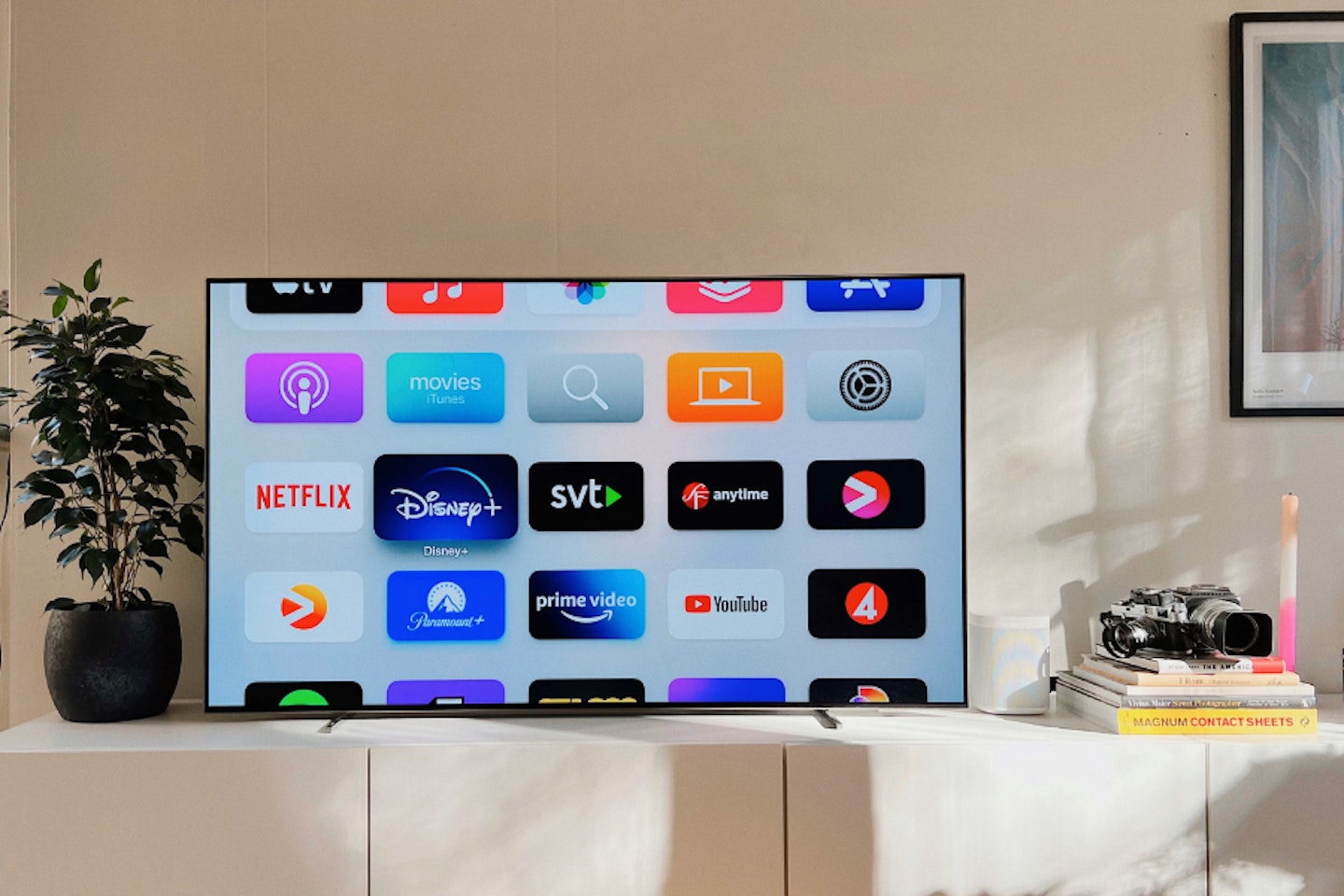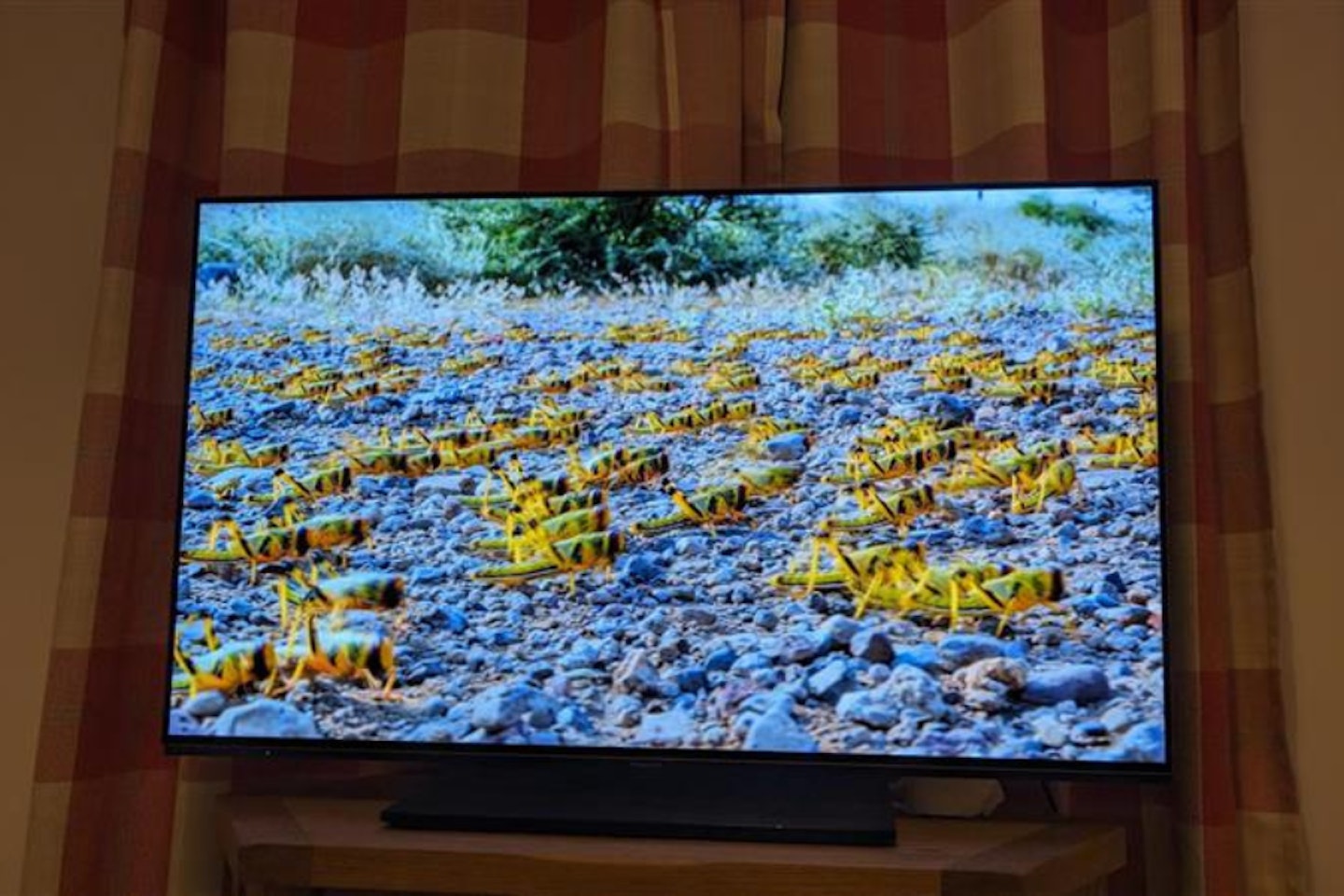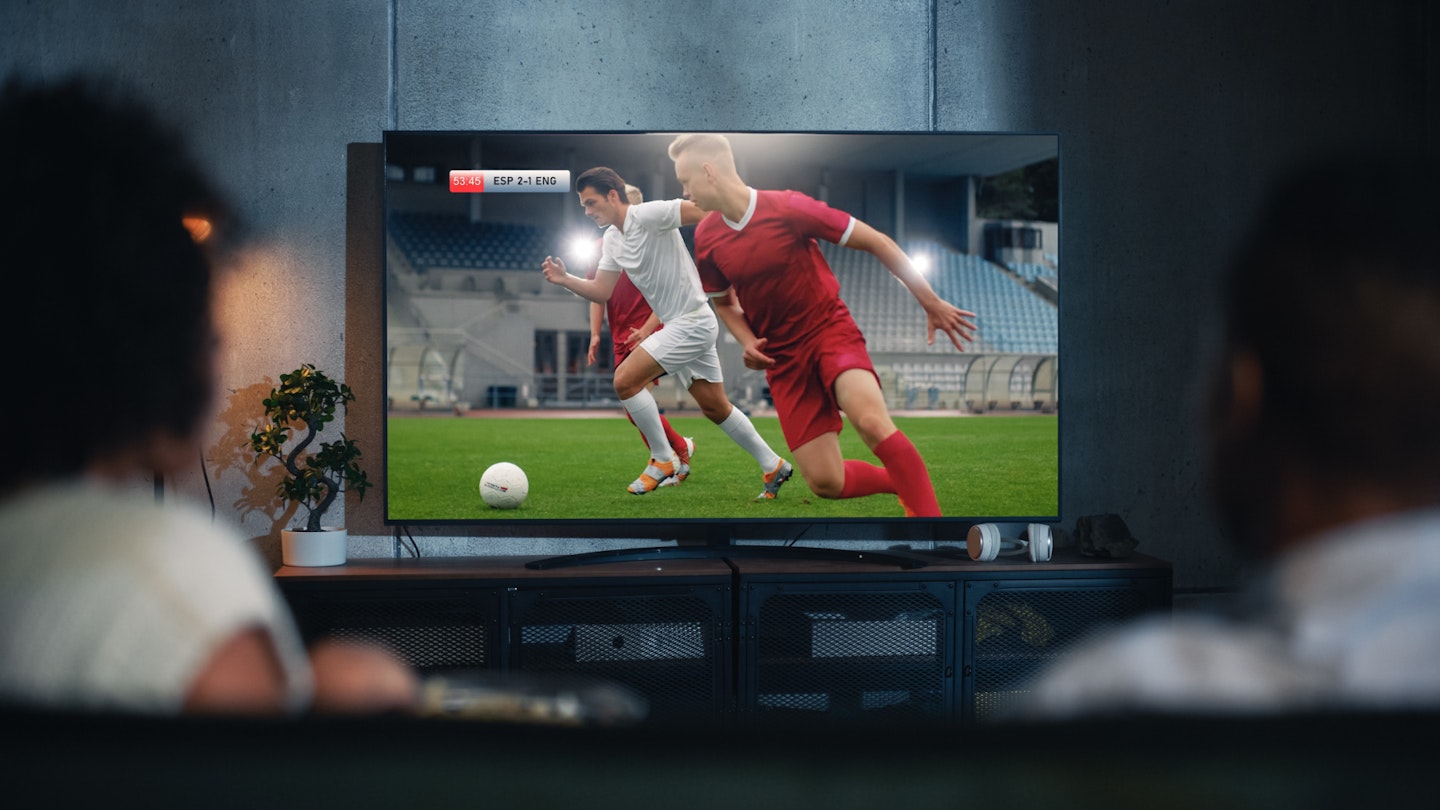When scouring the internet for the best TVs of the year, you'll probably encounter a sea of different TV screen technologies that are as bewildering as they are expensive - so what makes the best television screens so good? We've been around the block when it comes to finding the perfect television, so whether you're not sure about OLED, curious about QLED, or want something with a bit of both, we're here to help.
TV technology has moved on from LCD screens, chunky "flatscreens" and Freeview; nowadays, almost every TV is smart, with all the apps and features you could want pre-programmed on the remote for instant access. As the TVs have gotten thinner, the screens have become better - dark tones are darker, white tones are whiter, refresh rates are higher, brightness has massively increased, and much, much more.
If you've spent any time at all looking at the top TV screens, there's no doubt you'll have come across a few distinct technologies: LED, OLED and QLED. These are the leading screen technologies of the year, and both have some impressive advantages to unearth, but what's better?
What's an LED TV screen?
An LED TV is a standard screen - it uses light-emitting diodes (or LEDs), which are backlit to produce an image. Average in brightness, contrast and performance, the most distinct advantage of LED technology is its price.
Almost a fifth of the price of a typical OLED or QLED television, you can pick up a monstrous LED TV for a fraction of the price of more advanced TVs, and you'll still be getting a quality picture.
What's OLED?

OLED, or Organic Light Emitting Diode, is a fairly recent screen technology you've likely heard of being used in smartphones and televisions.
The unique advantage of OLED technology is the way it illuminates. Typical televisions, such as LED TVs, transmit light via a backlight onto an LCD screen, which then forms images on the television - but not with OLED TVs. The best OLED TVshave the unique advantage of creating light without the need for a backlight at all, which presents a whole manner of advantages for cinema fans and even gamers alike.
Most distinctly from other televisions, organic lighting means that OLED TV screens work instantaneously - there's no delay in waiting for the backlight to hit the LED screen because the light comes from the screen itself. The result is rapid refresh rates (the number of images a screen can generate per second), which tend to be around 120-144Hz, double that of a standard screen.
Even compared to high-end QLED televisions with 120Hz refresh rates, OLED screens win out, thanks to their close to 0.1ms response times, compared to a typical response of 4ms.
But what does this mean? For gamers, it's a breath of fresh air. Playing at 120Hz with split-second response times ensures that the output signal from your controller (be it Xbox or Playstation) is instantaneous, without a hint of input lag. Gamers can play sharper, with tighter controls, feel the phenomenal smoothness, and improve their abilities even in the most difficult games.
But how does the picture look? The answer - unquestionably brilliant. Another brilliant advantage of the OLED TV screen is unbeatable.
OLED TVs - infinite contrast
OLED televisions are known for their infinite contrast ratio, but what does that mean? It's largely due to their incredible black levels. We measure the brightness of televisions in nits, and when we calculate a television's contrast ratio, we compare the darkest tones to the maximum brightness.
A problem with calculating the contrast ratio of OLED TVs, however, is that their lowest brightness is 0 nits - no light at all, and therefore - when you calculate the contrast, you divide by zero, therefore, the contrast is infinite.
This infinite contrast makes OLED TVs so brilliant - in dark scenes, OLED screens can stop emitting light, so you can experience true darkness when needed.
This phenomenal contrast makes pictures truly pop, which is what you pay for when you get a proper OLED television.
OLED TV screens - the downsides
Of course, with each technology, there are downsides, and the OLED - as sharp and beautiful as they may be, have some too.
The main drawback of OLED technology is its not-so-bright maximum brightness, which is fairly standard. High-end OLED TVs can be bright, don't get us wrong, but for the brightest picture, you'll need to pay a premium. Even high-end OLED TVs peak at around 600-700 nits, compared to QLED and Neo QLED, which can reach 2,000-3,000 nits.
However, the sheer brightness of QLED might not be for everyone, and you'll likely find the brightness pretty spot-on.
What's QLED?

On the opposite end of the spectrum is QLED, which stands for Quantum-Dot Light Emitting Diode. The best QLED TV screens are brighter than bright, with up to 3,000 nits of brightness, which is dazzling.
This greater brightness and tiny diode TV screen means that QLED TVs can produce billions of unique colours and shades, making the picture the most vibrant and eye-catching it can be.
QLED - the downsides
QLED TVs, however, don't have the infinite contrast ratio of OLED TVs, and with their brightness, black tones can appear greyish on low-end models. Manufacturers have found ways around this, using tech such as micro-dimming, which reduces light in darker film and television scenes - but it doesn't match the zero nits of brightness capable on an OLED television.
QLEDs are also thicker televisions design-wise, thanks to the necessity of a backlight, but it isn't distractingly so in general.
As for refresh rates and response times, QLED televisions can't quite compete with the power of OLED televisions - their refresh rates are generally solid, reaching up to even 144Hz. Still, the technology's response times are slower in comparison.
Why not have both?
Though not entirely commonplace in the industry just yet, there have been recent advancements in technology that combine both QLED's brightness and OLED's razor-sharp responsiveness and infinite contrast.
Samsung's S95B, for example, has no backlight but uses QLED diodes to produce an enormous amount of brightness and rapid response times.
What type of TV screen is best?

All-in-all, there's no definitive winner as to what the best TV screen technology really is - OLED televisions have beautiful contrast and sharp responsiveness, and QLED TVs are visually vibrant and colourful, but both have their advantages.
The ultimate decision as to what's the best is personal preference - but for us, OLED wins it out.
Gorgeous ultra-thin screen designs, wonderful contrast and immeasurable gaming potential, OLED technology is marvellous, and should seriously be considered if you're a gamer.
If, however, you'd prefer a steal of a deal and a solid quality television, there are countless televisions under £500 that are worth grabbing.
Ryan Houghton is a commercial content writer for What’s The Best, known best for his expertise in gaming, with a particular soft spot for PC gaming, audio tech, televisions and smartphones.
Diligently writing for What’s The Best for almost two years, there are very few tech products Ryan hasn’t had his hands on to review; televisions, headphones, folding phones and even LEGO, if it’s nerdy, he’ll be there.
His well-versed history as one of the resident techies at What’s The Best has kept him keen to uncover the very best deals, savings and offers for those in need of a cracking deal to upgrade their setup.
In his downtime, Ryan most likely has his nose buried in a fantasy book, or his eyes glued to a screen whilst playing a tough-as-nails Soulslike or leisurely RPG, indulging in most forms of escapism where possible.
Subscribe to the What’s The Best Newsletter to keep up to date with more of the latest reviews and recommendations from the rest of the What’s The Best team.
